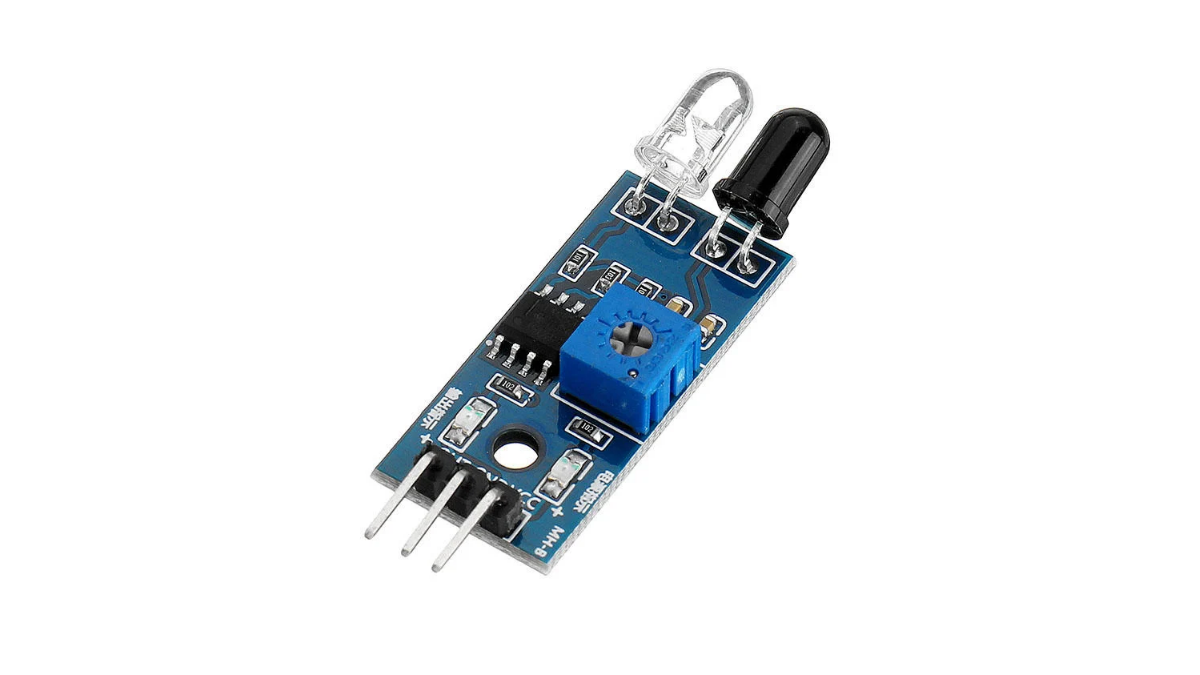Infrared (IR) sensors are widely used in various applications, from home automation to industrial processes. However, like any electronic component, IR sensors can sometimes malfunction or produce inaccurate readings. This blog post will explore common IR sensor issues and provide practical solutions to help you overcome these challenges.
Understanding IR Sensors
Before diving into troubleshooting, let’s briefly review what IR sensors are and how they work. IR sensors detect infrared radiation emitted by objects in their field of view. They consist of an emitter that sends out infrared light and a receiver that detects the reflected light. These sensors are used for:
- Proximity detection
- Object counting
- Temperature measurement
- Motion sensing
Common IR Sensor Problems
Inconsistent Readings
One of the most frequent issues with IR sensors is inconsistent or fluctuating readings. This can be caused by various factors:
a) Environmental interference
b) Improper calibration
c) Sensor misalignment
d) Power supply issues
Solutions:
- Shield the sensor from external light sources
- Recalibrate the sensor according to manufacturer’s instructions
- Check and adjust the sensor’s position
- Ensure a stable power supply with proper voltage
- Limited Range
Sometimes, IR sensors may not detect objects at the expected distance. This can be due to:
- Weak emitter output
- Dirty or obstructed sensor lens
- Incorrect sensor type for the application
Solutions:
- Clean the sensor lens with a soft, lint-free cloth
- Verify that the sensor’s range matches your application requirements
- Consider using a more powerful IR sensor if needed
False Triggers
False triggers occur when the IR sensor detects motion or objects that aren’t actually present. This can be caused by:
a) Electromagnetic interference
b) Reflective surfaces in the sensor’s field of view
c) Temperature fluctuations
Solutions:
- Move the sensor away from sources of electromagnetic interference
- Adjust the sensor’s sensitivity settings
- Remove or cover reflective surfaces near the sensor
- Use a sensor with temperature compensation features
- No Response
If your IR sensor isn’t responding at all, consider these potential causes:
- Loose or damaged wiring
- Blown fuse
- Faulty sensor
Solutions:
- Check all wiring connections and replace any damaged cables
- Inspect and replace the fuse if necessary
- Test the sensor with a multimeter to verify its functionality
Cross-Talk Between Multiple Sensors
When using multiple IR sensors in close proximity, cross-talk can occur, leading to inaccurate readings. This happens when one sensor’s emitter interferes with another sensor’s receiver.
Solutions:
- Increase the distance between sensors
- Use sensors with different modulation frequencies
- Implement time-division multiplexing to alternate sensor operation
Advanced Troubleshooting Techniques
For more complex IR sensor issues, try these advanced troubleshooting methods:
Signal Analysis
Use an oscilloscope to analyze the IR sensor’s output signal. This can help identify issues with signal strength, noise, or timing.
Temperature Testing
Subject the IR sensor to different temperatures within its specified operating range to ensure consistent performance across various conditions.
Software Debugging
If your IR sensor is part of a larger system, review the software code controlling the sensor. Look for logic errors, improper timing, or incorrect data interpretation.
Preventive Maintenance
To minimize IR sensor issues, implement these preventive maintenance practices:
- Regular cleaning of sensor lenses
- Periodic calibration checks
- Monitoring environmental conditions
- Keeping detailed maintenance logs
When to Replace an IR Sensor
Sometimes, troubleshooting may not resolve the issue, and it’s time to replace the sensor. Consider replacement if:
- The sensor is beyond its expected lifespan
- Repair costs exceed replacement costs
- The sensor’s performance degrades significantly over time
Choosing the Right Replacement
When selecting a new IR sensor, consider these factors:
a) Range requirements
b) Environmental conditions
c) Compatibility with existing systems
d) Budget constraints
By understanding common IR sensor issues and their solutions, you can maintain optimal performance in your applications. Remember to approach troubleshooting systematically, starting with the simplest potential causes before moving on to more complex issues. With proper care and maintenance, your IR sensors can provide reliable service for years to come.


